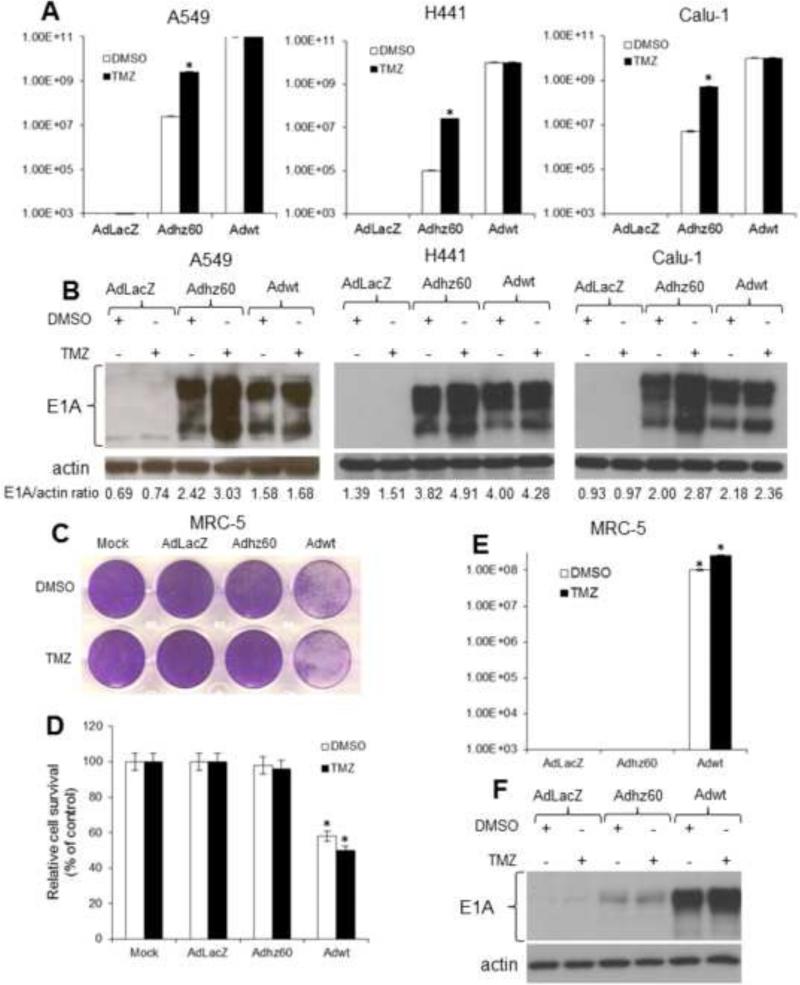Figure 3. Effect of temozolomide (TMZ) on oncolytic adenovirus replication in permissive, non-permissive, and lung non-cancerous cells.
(A) Lung cancer cells were treated as described in Figure 1. Seventy-two hours post-treatment, supernatants were collected and used to determine adenovirus yield from each cell line. Results represent the mean of three independent experiments ± standard deviation (SD; error bars) (*P < 0.05). (B) Whole cell protein lysates were collected at 72h following indicated treatment. Expression of adenovirus E1A was detected by Western blot analysis. The values indicate the ratios of normalized band intensities of E1A expression profiles to actin. (C) MRC-5 cells were not infected (mock) or infected at a multiplicity of infection (MOI) concentration of 5 with AdLacZ, Adhz60, or Adwt followed by DMSO (6 μl) or 0.6 mM of TMZ. (D) Seventy-two hours post–treatment, cell viability was calculated by measuring the absorbance of solubilized dye at 590 nm. Each point represents the mean of three independent experiments ± standard deviation (SD; bars). (E) Release of infectious virus particles was determined as described in (A). Results represent the mean of three independent experiments ± standard deviation (SD; error bars) (*P < 0.05). (F) Expression of adenovirus E1A was detected by Western blot analysis.

